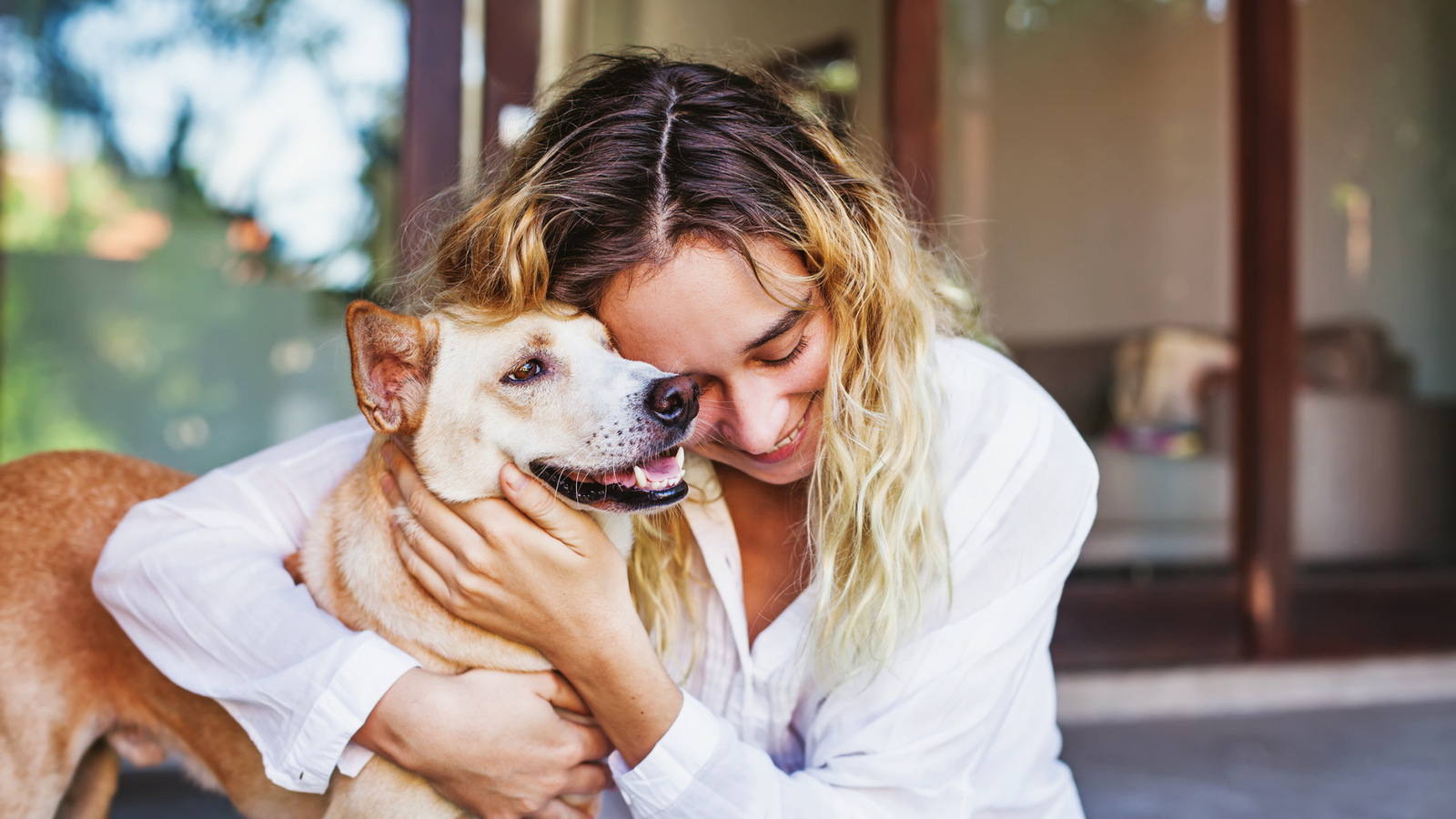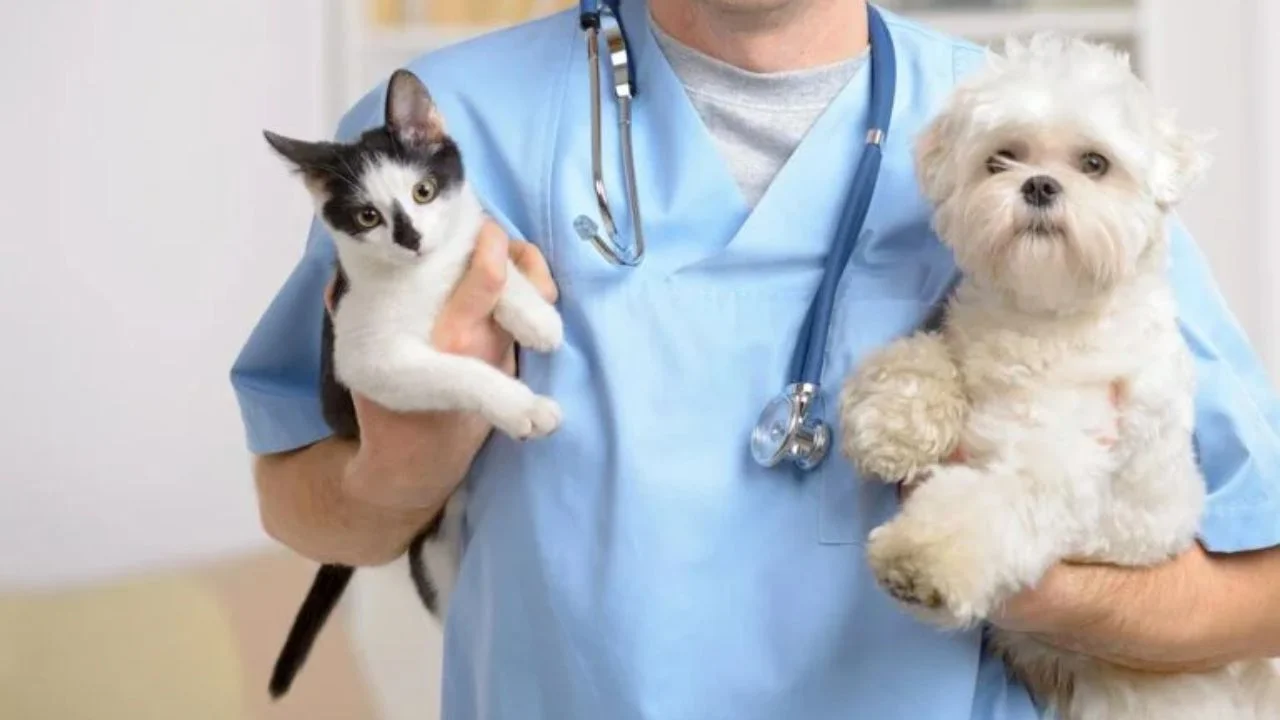Canine lymphoma is a serious diagnosis, often misunderstood or misidentified in its early stages. As one of the most common cancers in dogs, lymphoma affects the lymphatic system and can progress quickly without timely intervention. Spotting the signs early can make all the difference in giving your dog the comfort, treatment, and care they deserve.
What Is Canine Lymphoma?
Lymphoma is a cancer of the lymphocytes, which are white blood cells that play a crucial role in a dog’s immune system. The disease typically affects the lymph nodes but can also appear in the liver, spleen, bone marrow, and gastrointestinal tract. Because it can mimic other illnesses, early detection can be tricky but vital.
There are several types of canine lymphoma, with multicentric lymphoma being the most common. This form primarily involves the lymph nodes and is often the first to be noticed due to swelling.
Common Early Signs You Shouldn’t Ignore
Recognizing the symptoms of lymphoma early can be challenging, especially because they often seem mild or nonspecific. Here are key signs to watch for:
1. Enlarged Lymph Nodes
The most obvious early sign of lymphoma is swollen lymph nodes, especially under the jaw, behind the knees, and in the shoulders. These swellings are usually painless and firm, but noticeably larger than usual.
2. Fatigue and Lethargy
A dog that suddenly seems tired, sleeps more, or shows less enthusiasm for activities they used to love could be experiencing the effects of lymphoma. This is often overlooked as a sign of aging, but a sudden change in energy level should never be ignored.
3. Unexplained Weight Loss
Rapid or steady weight loss is often one of the first internal signs that something is wrong. If your dog is eating the same amount but still losing weight, it’s worth investigating further.
4. Appetite Changes
A reduced interest in food, or becoming a picky eater, may point to underlying illness. In gastrointestinal lymphoma, vomiting or diarrhea can also occur, complicating nutritional intake.
5. Breathing Issues or Coughing
Mediastinal lymphoma affects the chest cavity and can cause shortness of breath or persistent coughing. These symptoms usually appear more advanced but can sometimes be early red flags.
What Causes Canine Lymphoma?
The exact cause of lymphoma in dogs is unknown, though genetics, environmental toxins, and immune system dysfunction may contribute. Certain breeds like Boxers, Golden Retrievers, and German Shepherds are more prone to developing lymphoma. Age is also a factor, with most cases appearing in middle-aged or older dogs.
Diagnostic Tests and Next Steps
If you or your vet suspect lymphoma, diagnostic steps will usually include:
- Physical examination (especially of lymph nodes)
- Bloodwork to check organ function and immune markers
- Fine needle aspirate or biopsy of affected lymph nodes
- Ultrasound or x-rays to check for internal involvement
Early detection improves your dog’s chances of responding well to treatment and maintaining a good quality of life.
Treatment Options: What to Expect
The most effective treatment for canine lymphoma is chemotherapy. While the idea of chemo may sound intimidating, dogs generally tolerate it better than humans do. Side effects are often mild and temporary, and many dogs go on to enjoy several more quality months—or even years.
Other options may include:
- Steroids (like prednisone) to reduce inflammation and provide short-term relief
- Radiation therapy, in cases where lymphoma is localized
- Clinical trials for newer drugs or therapies
When a Cure Isn’t the Goal: Exploring Dog Hospice
In cases where treatment is not feasible, or when the cancer has progressed significantly, some families choose comfort care over aggressive treatment. This is where dog hospice becomes an essential part of the journey. Dog hospice focuses on pain management, emotional support, and maintaining quality of life for your pet in their final weeks or months.
Hospice care may include medications to control pain and nausea, nutritional support, and home adjustments to ensure your dog can move safely and rest comfortably.
Emotional and Practical Support for Pet Parents
Watching your dog struggle with lymphoma can be heartbreaking. Beyond the medical care, pet parents need emotional and logistical support. Lean on your veterinarian for guidance, and don’t hesitate to ask about support groups or therapy options for grieving pet owners.
It’s also helpful to keep a daily journal of your dog’s behavior, appetite, and mobility. This will help you track their quality of life and know when further medical decisions need to be made.
Saying Goodbye: Understanding Pet Euthanasia at Home
For dogs who no longer respond to treatment or whose quality of life has declined, you may face the difficult decision of euthanasia. Choosing pet euthanasia at home offers a gentle, familiar environment for your dog’s final moments. Many families find comfort in being able to say goodbye surrounded by love, without the stress of a clinic visit.
Veterinarians who offer in-home euthanasia provide compassionate care and guide you through every step with dignity and respect—for both your dog and your family.
Final Thoughts: Advocating for Your Dog’s Life and Comfort
Spotting the signs of canine lymphoma early is one of the most important ways you can advocate for your pet’s health. Whether your path involves treatment, comfort care, or end-of-life decisions, what matters most is honouring your dog’s journey with love, dignity, and informed choices.
Trust your instincts, partner closely with your vet, and know that there’s no “right” answer—only what feels most compassionate for your dog’s unique experience.








Leave a Reply